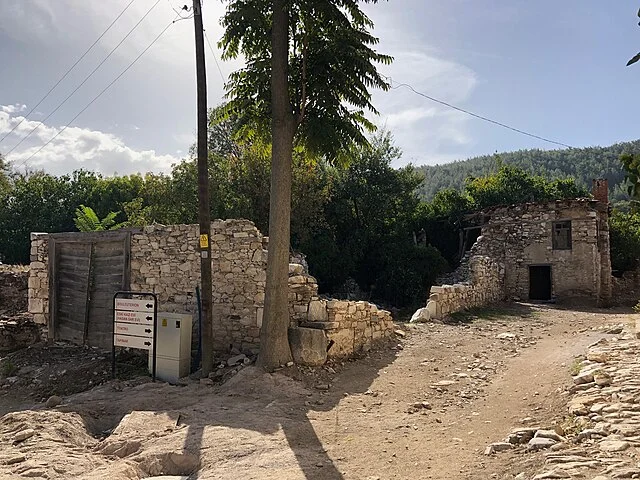Stratonicea was an ancient city located in the southwestern part of modern-day Turkey. It was situated in the region of Caria, within the boundaries of the Roman province of Asia. Stratonicea played an important role during the Hellenistic, Roman, and Byzantine periods. It is particularly known for its strategic position, its connection to the Seleucid dynasty, and its significant archaeological remains.
Get your dose of History via Email
History and Foundation
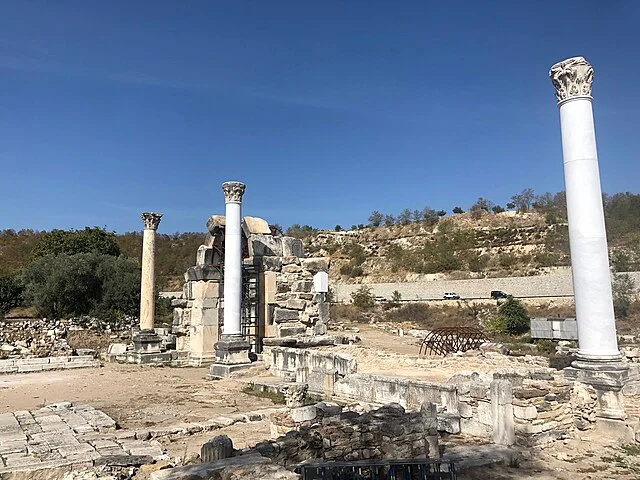
Stratonicea was founded in the 3rd century BC by the Seleucid King Antiochus I. The city was named after his wife, Stratonice, who was the daughter of the Macedonian King Demetrius II. It was initially established as a Seleucid military base but later grew into a thriving urban center. The city’s location along the important trade routes of Asia Minor contributed to its economic prosperity.
Hellenistic and Roman Periods
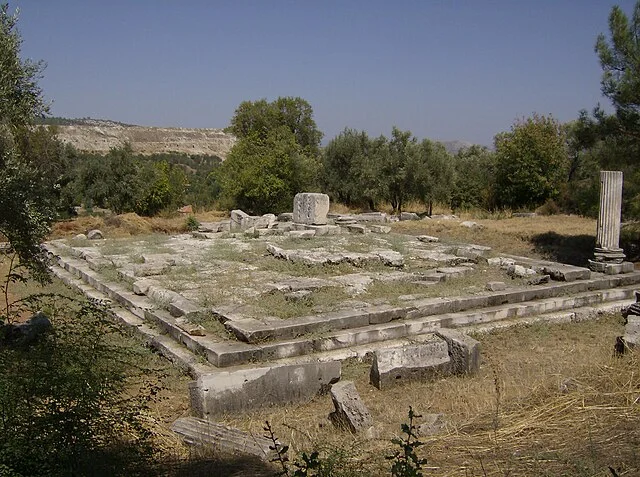
During the Hellenistic period, Stratonicea became a major city in the region. It was part of the Seleucid Empire until it came under Roman control in the 1st century BC. Under Roman rule, Stratonicea continued to flourish. The city developed many civic structures, including public buildings, temples, and theaters. It became an important administrative center, particularly during the reign of Augustus.
Stratonicea maintained its significance during the Byzantine period, although its prominence gradually declined as the region faced invasions and internal conflicts. By the Middle Ages, Stratonicea had largely lost its former grandeur.
Archaeological Remains
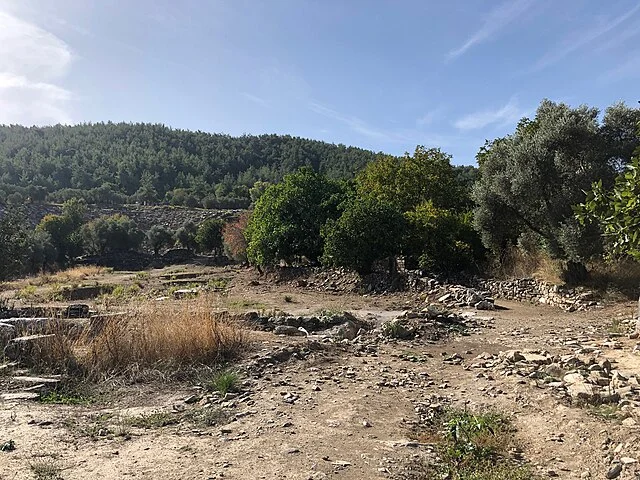
Today, Stratonicea is an important archaeological site. Excavations have uncovered numerous structures that provide insight into the city’s layout and its various phases of occupation. Key discoveries include the remains of the ancient theater, a well-preserved bouleuterion (council chamber), and several temples dedicated to Roman and Hellenistic gods.
The city’s fortifications, including its gates and walls, are also significant. These walls were reinforced during the Roman period to protect against external threats. In addition, the city is known for its extensive necropolis, which contains tombs from different periods of its history.
Stratonicea’s Cultural Influence
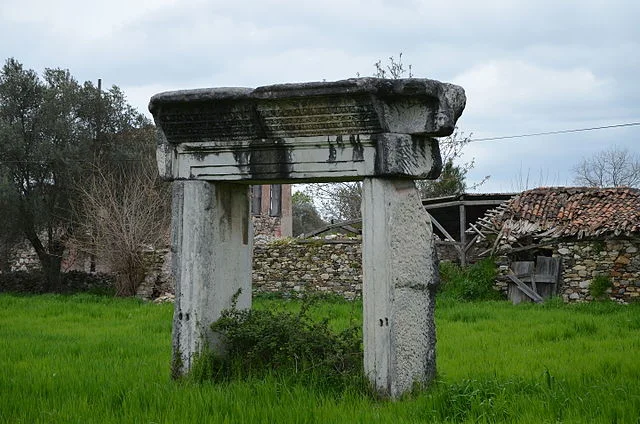
Stratonicea was a melting pot of cultures, influenced by its Greek, Roman, and later Byzantine inhabitants. The city’s architecture reflects a blend of these cultures. Temples dedicated to Greek gods such as Apollo and Zeus were built alongside Roman public buildings and monuments. The city’s location made it a center of art, literature, and philosophy during the Roman Empire.
Decline and Legacy
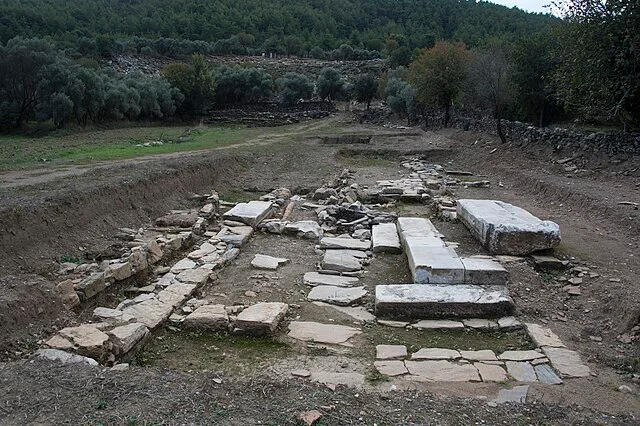
Stratonicea’s decline began in the late Roman period. The city suffered from invasions and internal strife. By the Byzantine era, Stratonicea was no longer a major urban center. However, the city left a lasting legacy in the region through its contributions to architecture, urban planning, and cultural exchange.
Today, Stratonicea remains a key archaeological site, shedding light on the history of ancient Anatolia. It continues to attract researchers and tourists who are interested in the history and archaeology of this once-prosperous city.
Source:

